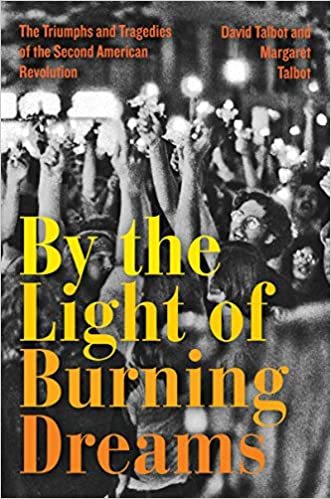
Americans have short memories. Our failure to read history leads us to believe that nothing in our past could equal the dangers posed by the crises that threaten us today. We forget those times when the nation’s very existence hung in the balance. 1776, when the American project might well have foundered in its infancy. 1861, when the country shattered into two warring states. 1941, when we entered a global war we could have lost. And 1971. Then, movements for radical change erupted in every corner and 2,500 terrorist bombs went off in the United States. More than 300,000 US military personnel served in Vietnam as the year dawned. And Richard Nixon sat scheming to hold onto power in the White House.
Estimated reading time: 9 minutes
In By the Light of Burning Dreams, David Talbot and Margaret Talbot take us back to that tumultuous time fifty years ago. They trace “the sweeping social and cultural transformations of the 1960s and ’70s”—the second American Revolution.
Movements for radical change raised the hope of millions
“This second revolution,” they write, “forced the country to change its assumptions about race, war and peace, gender, sexual orientation, reproductive rights, labor justice, consumer responsibility, and environmental protection.” It’s a painful story to read because it highlights how sadly incomplete that revolution proved to be. And it brings to mind the ferocity of the Right-Wing reaction that followed later in the 1970s and beyond, setting the stage for the sad state of the American scene today.
By the Light of Burning Dreams: The Triumphs and Tragedies of the Second American Revolution by David Talbot and Margaret Talbot (2021) 400 pages ★★★★★
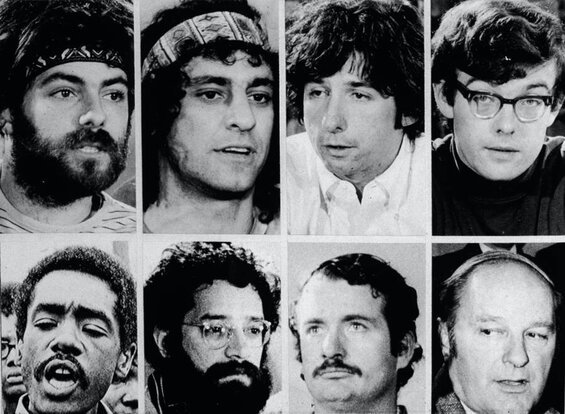
A second American Revolution comprising seven interconnected movements for radical change
The Talbot siblings tell their tale by profiling some of the major protagonists of the movement behind that second revolution. A handful of them—Cesar Chavez (1927-93), Tom Hayden (1939-2016), John Lennon (1940-80), Dennis Banks (1937-2017)—are still widely recognizable today. Others are less well remembered. In the seven chapters that follow their introduction, the Talbots successively spotlight some of the most compelling personalities of the 1960s and 70s.” Each chapter,” they write, “focuses on climactic events or turning points in the lives of radical leaders who were driving the” change. Their account encompasses the movements for economic democracy, Black Power, abortion rights, the farmworkers’ struggle, gay liberation, peace, and Native American rights. And they make clear in the telling that these movements often overlapped and interconnected.
Economic democracy
Chapter One highlights Tom Hayden, Jane Fonda, and Berkeley’s Red Family, with a focus on the life and work of author and political strategist Tom Hayden. The Talbots’ account rests in large part on an interview with former Red Family leader Anne Weills, now a prominent progressive Oakland attorney. But the story’s all there: the Port Huron Statement, Students for a Democratic Society, Hayden’s expulsion from the Red Family, the Chicago Eight, his storied marriage to Jane Fonda, the Campaign for Economic Democracy, and Hayden’s eighteen-year service in the California State Legislature. When historians point to the movements for radical change that roiled the United States half a century ago, they often place the drive for peace and economic democracy at the top of the list.
Black Power
Bobby Seale (1936-), Huey Newton (1942-89), Eldridge Cleaver (1935-98), and the Black Panther Party are the subject of the book’s second chapter. In interviews with Bobby Seale, the authors follow the history of the Black Panther Party from its origins in Oakland in 1965 to its dissolution in 1982. The emphasis in their account is on Seale himself and on Newton and Cleaver, but other prominent figures enter the narrative as well. Among them are Fred Hampton (1948-69), mercilessly gunned down by government agents in Chicago in 1969, and Bobby Hutton (1950-68), shot while surrendering to Oakland police in 1958. Cleaver’s impressive wife, Kathleen Cleaver (1945-) and Ericka Huggins (1948-) also enter the tale. But, throughout, the story keeps returning to Seale, Newton, and Cleaver, who are described as “the heroic realization of [Frantz] Fanon‘s dream, the fusion of lumpen lethality and intellectual prowess.”
Abortion rights
In the third chapter, the spotlight moves to legendary organizer and political strategist Heather Booth (1945-) and her seminal work in advancing the cause of reproductive choice. The authors use the emergence of the Jane Collective that Booth organized in Chicago as the jumping-off point for a discussion of the women’s liberation movement. The effort followed her active involvement beginning in high school in the civil rights movement through the Congress of Racial Equality (CORE) and the Student Non-Violent Coordinating Committee (SNCC). Booth’s illustrious later career is less well portrayed than Hayden’s. In later years, she has played a pivotal role in the political arena, founding the Midwest Academy and Citizen Action, organizing a massive nationwide African-American voter registration drive, and advising leading Democrats on strategy. Booth is the subject of a documentary film, Heather Booth: Changing the World.
The farmworkers’ struggle
Cesar Chavez (1927-93), Dolores Huerta (1930-), and their partnership in La Causa is the topic of the Talbots’ fourth chapter, which they entitle “The Martyr Complex.” The emphasis throughout is on these two remarkable human beings, but unsurprisingly the authors dwell more on the cinematic Gandhian figure of Chavez. Older readers will remember the hunger strikes, Senator Bobby Kennedy’s well-publicized visit, and the grape boycott of the late 1960s. Most of us are less familiar with the decline of the United Farm Workers union as Chavez placed numerous relatives in key positions, and that episode in Chavez’s life is barely mentioned. But his cofounder, Dolores Huerta, has earned a place for herself in the limelight in the quarter-century that has elapsed since his death. At age 91, she continues to speak out forcefully for social justice.
Gay liberation
In a fifth chapter, the authors advance a perspective on the history of the gay liberation movement that is unfamiliar to most readers. The 1969 Stonewall Rebellion is usually noted as the launching point. But the Talbots reach further back in history and identify New York’s Oscar Wilde Bookshop, established in 1967, as the centerpiece in a struggle that began in the 1950s. In their account, the store’s founder, Craig Rodwell (1940-93), plays a seminal role. Rodwell organized New York City’s first Gay Pride demonstration that has morphed into today’s massive marches involving millions in the movement for LGBTQ rights.
Peace
In the book’s most surprising chapter, the Talbots write about “John Lennon, Yoko Ono, and the Politics of Stardom.” They assert that “with the exception of the movie star Jane Fonda, no popular artists became as associated with the revolutionary uprisings of the time. And no entertainer of John Lennon’s status struck deeper fear and loathing into Richard Nixon’s paranoid presidency and its repressive security machinery.” As the authors note, Lennon and Ono also supplied funds to support others active in the movements for change. But it’s hard to pin down or understand why the couple could be singled out in the company of the leaders of the movements for radical change who are profiled elsewhere here. By comparison, they come across as frivolous and unfocused.
Native American rights
In the book’s final chapter, the center of attention shifts to Dennis Banks, Madonna Thunder Hawk (1940-), Russell Means (1939-2012), and “the Warriors of Wounded Knee.” There, in “the most courageous and sustained Native American uprising in the twentieth century,” the three profiled in this chapter led a force of 200 in a seventy-one day occupation of a site near Wounded Knee Creek. There in South Dakota eighty-three years earlier, the US 7th Cavalry Regiment massacred as many as 300 men, women, and children on the Lakota Pine Ridge Indian Reservation.
On a personal note
It was unsettling. I know, or knew, most of the men and women whose names appear in this book. Tom Hayden. Heather Booth. Russell Means. Cesar Chavez. Harvey Milk. And so many others, both major figures and minor. A few were friends, though none of them close. Most were merely acquaintances. A few, such as Dr. King, I’d met in passing. But as I read I felt more and more like Zelig, though I was never in the frame. It was eerie learning new things about people I thought I’d understood as I now observed them through the prism of history. So I owe a note of thanks to David and Margaret Talbot for helping me relive the episodes in my life that had dimmed with the passage of time. I just wish that second revolution had led to legislation that would stand the test of time.
About the authors
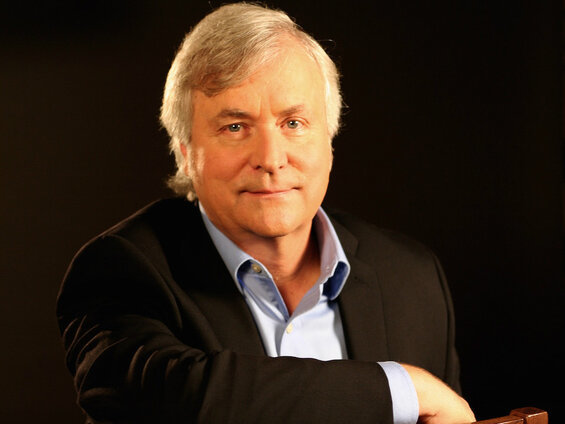
David Talbot (1951-) is a journalist and independent historian who has served as a senior editor for Mother Jones magazine and features editor for the San Francisco Examiner. He has written six nonfiction books, of which this is the most recent, as well as numerous articles for The New Yorker, Rolling Stone, and other periodicals. In 1995, he founded and served as editor-in-chief of the pioneering online magazine, Salon. Talbot’s father and his siblings, including his sister Margaret Talbot, have all achieved distinction.
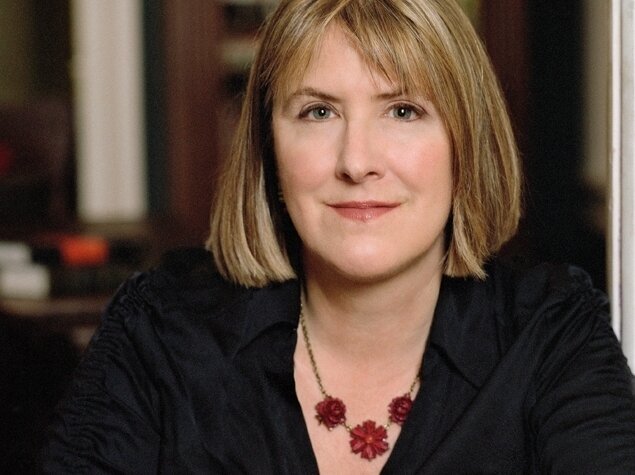
Margaret Talbot is a staff writer for the The New Yorker and has written for The New Republic,The New York Times Magazine, and The Atlantic Monthly. By the Light of Burning Dreams is her second book. Her first, The Entertainer: Movies, Magic, and My Father’s Twentieth Century, profiled her and David Talbot’s famous father, a founder of the Screen Actors Guild. The Acknowledgments for this book reveal that Arthur Allen, Margaret’s husband, “wrote the chapter on Cesar Chavez, Dolores Huerta, and the United Farm Workers.”
For related reading
I’ve reviewed two other excellent books by David Talbot:
- The Devil’s Chessboard: Allen Dulles, the CIA, and the Rise of America’s Secret Government (When America’s secret government ran amok)
- Season of the Witch: Enchantment, Terror, and Deliverance in the City of Love (From the Summer of Love to the Jonestown massacre)
You might also be interested in:
- Top 20 popular books for understanding American history
- Great biographies I’ve reviewed: my 10 favorites
- The 40 best books of the decade
And you can always find my most popular reviews, and the most recent ones, on the Home Page.

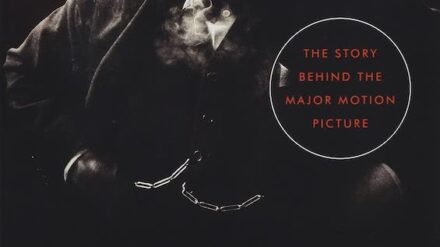
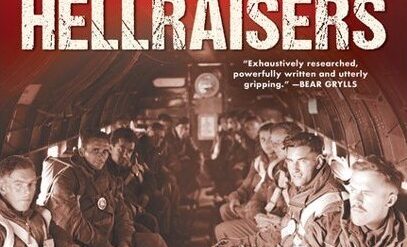
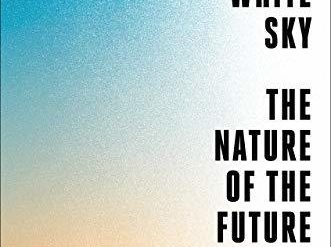






















Thanks Amal for your great public service. Sorry not to have discovered your blog earlier.